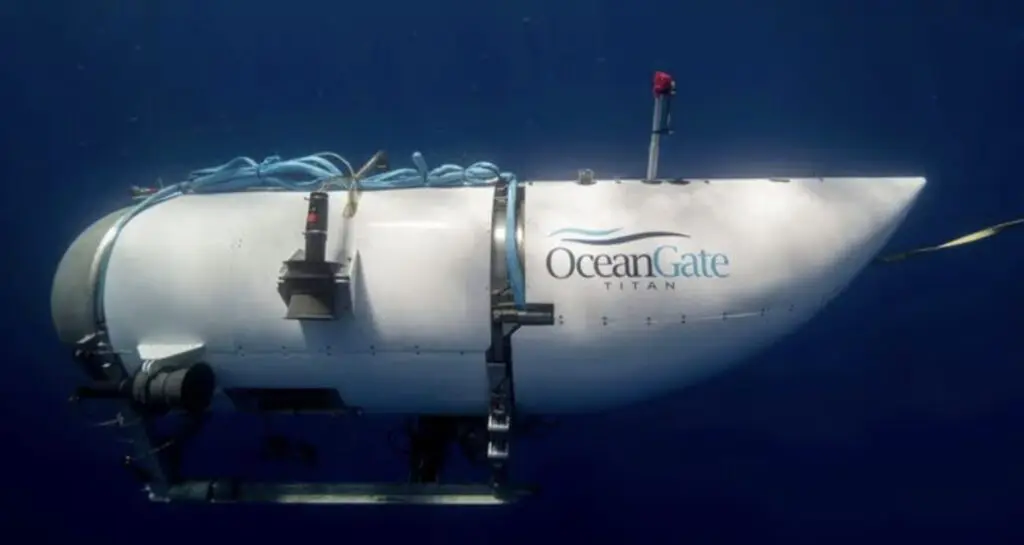The Weekly Reflektion 30/2023
Innovation and continuous improvement inevitably lead to changes in the way things are done. The way these changes are handled is critical to avoid Major Accidents.

OceanGate’s Titan submersible vehicle
Do you have an effective process for management of change and qualification of new technology?
Innovation and continuous improvement are necessary if we are to improve the way we work, and to improve performance and safety levels. The OceanGate’s Titan submersible vehicle was designed for a 3800-meter depth in order to reach the wreck of the Titanic carrying paying passengers on multiple trips. On June 18, 2023, the Titan suffered a fatal hull rupture when descending to the wreck, killing the 5 passengers, including Stockton Rush, the designer of Titan and the owner of OceanGate.
We are awaiting the results of an investigation into the disasterto identify the causes, but it is worthwhile considering for a moment the challenges of innovation and continuous improvement. The Titan was neither certified nor classed to confirm it was designed and constructed to the applicable standards. The reason given by Stockton Rush for this lack of certification was that the innovative design gave the submersible features that were outside pre-existing standards. His position was that regulations “were stifling progress in the industry”. He was also quoted as saying that “at some point, safety is just pure waste.”
These statements give an insight into the risk appetite of OceanGate, and it is likely that management decisions in the design and construction phase were influenced by this risk appetite, hence determining what safety margins are adequate. OceanGate also preferentially hired younger, open-minded employees rather than the older, more experienced people in the field, possibly leading to an organisation oblivious to the risks involved.
The Titan submersible was constructed from carbon fibre with a titanium sphere at one end. This combination was ‘innovative’ however there was little information on how these materials behave under cyclic forces under water.
Carbon fibre is not homogenous, it consists of filaments with an epoxy coating. The strength modelling is complex with a significant uncertainty. The strength of carbon fibre decreases over time and with numerous pressure cycles. This operational lifetime of the Titan had never been tested by cycling the material to destruction, which would have potentially identified voids and delamination in the carbon fibre. It was considered that monitoring the hull with microphones was sufficient to give a warning of imminent failure. The Titan made three successful dives, the fourth ended in disaster.
The Petrobras P-36 project is a disaster we have covered in previous Reflektions. We have highlighted the Petrobras culture of challenging established standards to find more ‘cost-effective’ solutions. The risk appetite in Petrobras was necessarily higher since standards are ignored. Often, new standards are put in place and existing standards are revised after a Major Accident, and standards will almost certainly be developed or improved after the results of the Titan inquiry. To challenge standards, or to ignore them completely carries with it a risk and the deaths of 5 people in the Titan and 11 people on the P-36 should be timely reminders of this risk.
Innovation is necessary for improvement, but equally, innovation must be carefully controlled, and deviation from requirements implemented from a place of knowledge rather than one of uncertainty.
